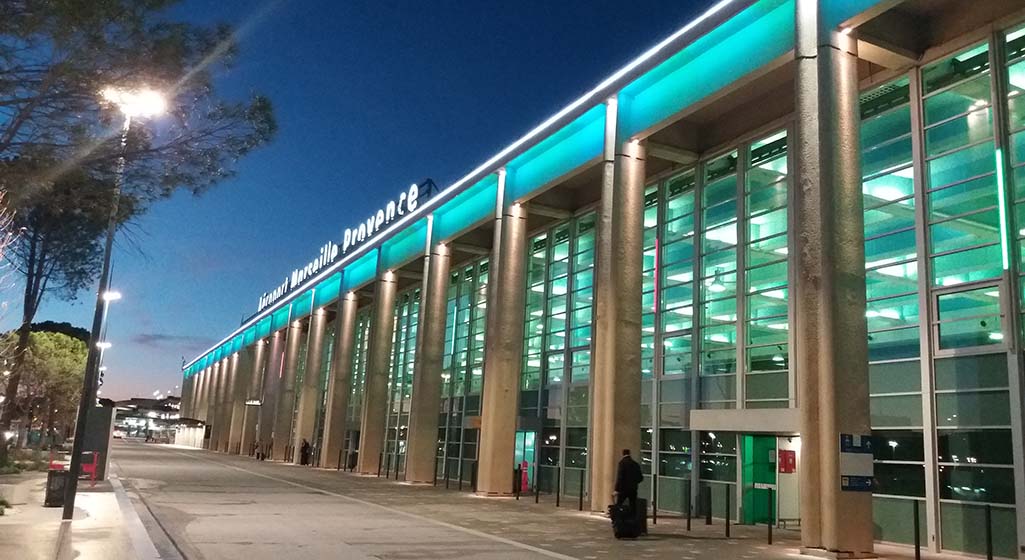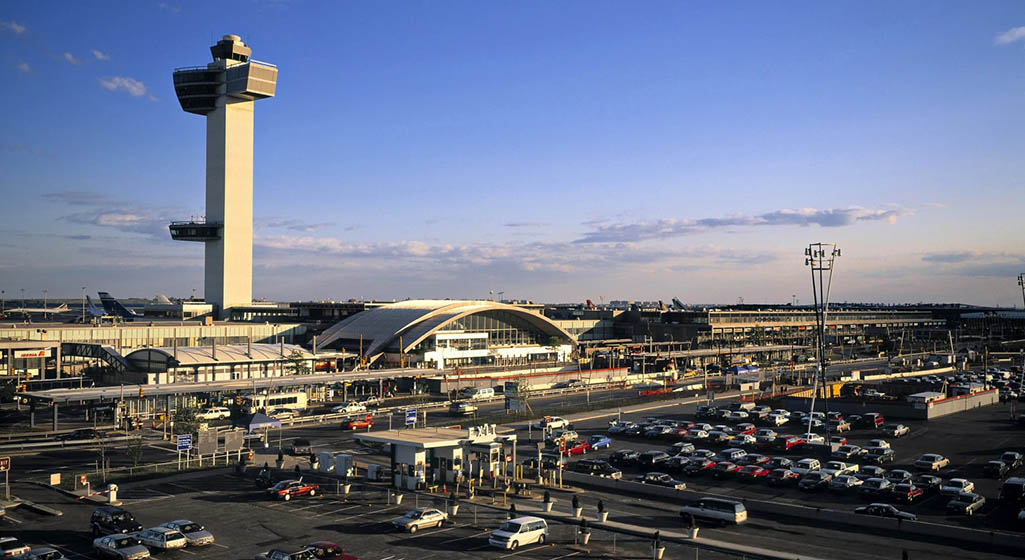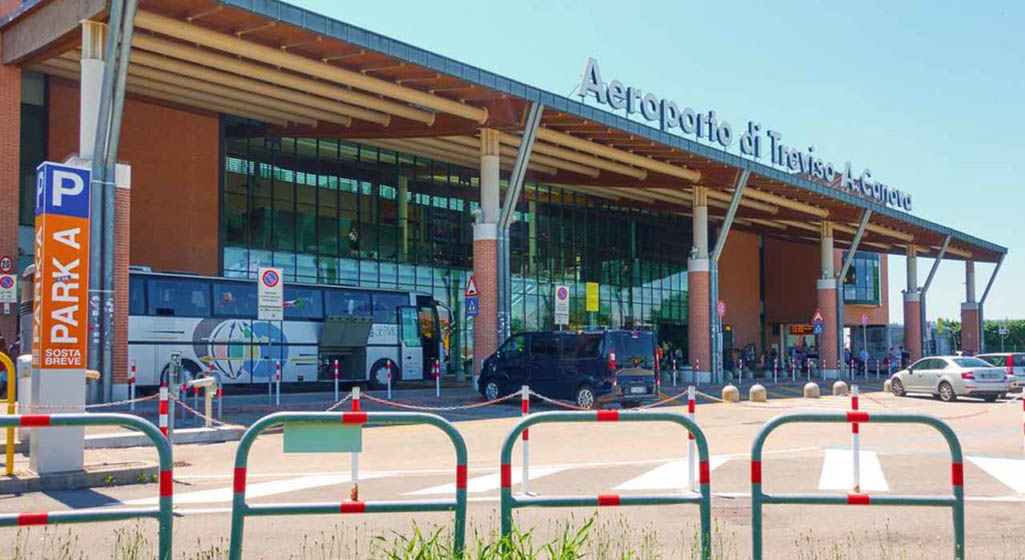Traveling from a major European city to the Mediterranean coast of Marseille is something many travelers dream of. I’ve taken flights to Marseille from both Paris and Barcelona, and through these experiences, I’ve gained a deep understanding of these routes. Whether you’re planning a short getaway or preparing for an in-depth journey through Provence, knowing the best way to fly from Paris or Barcelona to Marseille — including flight options, airport procedures, baggage, and pricing — can make your trip smoother and more enjoyable. Here’s a step-by-step breakdown of everything I’ve learned through firsthand experience.
1. Why Choose to Fly to Marseille?
When planning a trip from Paris or Barcelona to Marseille, many consider taking the train or driving. But for those with limited time or who want to arrive quickly, flying is still the most convenient option. Especially during peak travel seasons or holidays, driving can mean heavy traffic, and high-speed trains often sell out quickly. In contrast, flights are frequent, available throughout the day, and often come with discount fares — making them a great value.
I chose to fly because it saved time on the road and allowed me to better allocate my schedule for exploring Marseille. Additionally, Marseille Provence Airport (Aéroport de Marseille Provence) is located near the city, with easy access and a very smooth travel experience overall.
2. Flying from Paris to Marseille: A Highly Efficient Connection
1. Pre-Flight: Which Paris Airport to Choose?
Paris has two major airports: Charles de Gaulle (CDG) and Orly (ORY). I’ve flown from both multiple times, and the choice largely depends on your location within the city and the specific airline you’re flying with.
- Charles de Gaulle Airport (CDG): As the largest and busiest international airport in France, CDG handles more long-haul and full-service flights. It’s especially convenient if you’re arriving from an international destination and connecting directly to Marseille. From central Paris, take the RER B train — the journey takes about 35–45 minutes, with trains running frequently. Facilities like lounges, restaurants, and duty-free shops are abundant here.
- Orly Airport (ORY): Located closer to central Paris, especially handy if you’re staying in Montparnasse, the Latin Quarter, or southern arrondissements. The OrlyBus from Denfert-Rochereau is straightforward and efficient, taking around 30–40 minutes depending on traffic. Orly has fewer international flights but a solid selection of domestic and European routes.
I recommend checking which airport your flight departs from before booking and choosing the one that best suits your location and schedule.
2. Airlines and Flight Schedules
Several airlines offer daily direct flights from Paris to Marseille, giving travelers plenty of flexibility. Among the most popular carriers on this route are:
- Air France
- Transavia (a low-cost subsidiary of Air France)
- EasyJet
Flights run throughout the day, from early morning (as early as 6 AM) to late evening, ensuring there’s always a convenient option no matter your itinerary. These flights depart from both Orly and Charles de Gaulle airports. The actual flight time is around 1 hour 15 minutes, though boarding, security, and transit to/from the airport add to your total journey.
Personally, I find early morning or mid-morning flights most ideal — arriving in Marseille before noon allows me to check in, drop off my bags, and spend the afternoon exploring Vieux-Port or heading straight to the Calanques. Weekdays generally offer more flights, while weekends can be busier with leisure travelers.
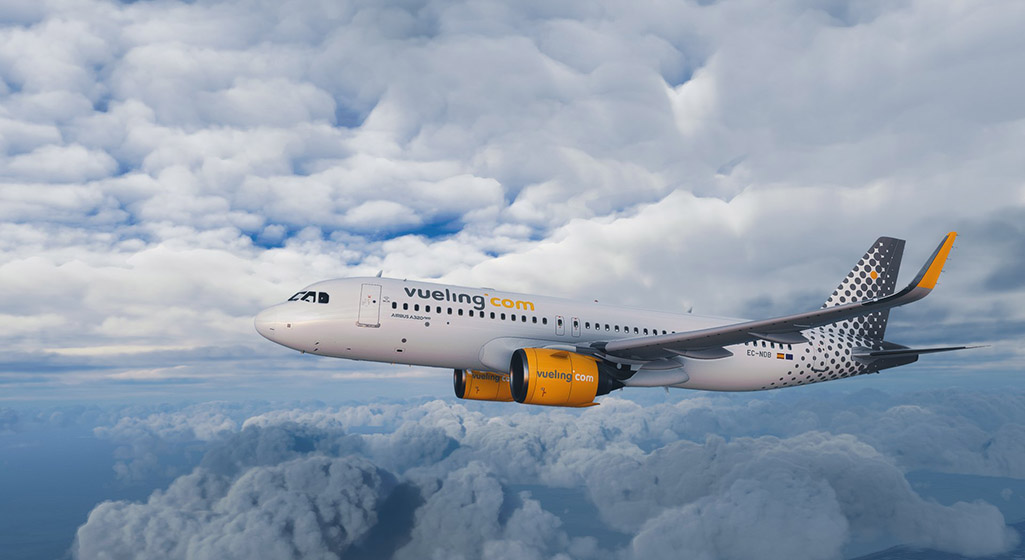
3. Ticket Prices and Baggage Policies
Airfare between Paris and Marseille can be surprisingly affordable — prices often start under €30 for a one-way ticket during off-peak months like January or November. However, during school holidays or the summer high season, prices can easily rise above €100, especially if booked last minute.
- Low-cost airlines (EasyJet, Transavia) usually allow one small cabin bag in their basic fare. Additional luggage, especially checked bags, incurs extra fees — sometimes nearly doubling your ticket price.
- Air France, on the other hand, offers a more inclusive economy fare, often with one checked bag and seat selection included. This can be a better value for travelers with heavier luggage or longer trips.
To get the best deals, I always check Skyscanner or Google Flights, then book directly through the airline’s website. It’s also essential to verify baggage rules before you pack — every airline has its own limits on weight, dimensions, and number of items, and fees at the airport are often higher than online.
3. Flying from Barcelona to Marseille: A Smooth Cross-Border Journey
1. Getting to the Airport
Barcelona’s international airport is El Prat (BCN), about 13 kilometers from the city center. I usually take the AeroBus from Plaça de Catalunya — it gets to the terminals in around 30 minutes. Alternatively, you can take metro line L9 South, though it requires several transfers and is better suited for travelers not in a hurry.
The airport has two terminals: T1 and T2. Low-cost airlines like Ryanair and EasyJet typically depart from T2, while Vueling and traditional carriers operate out of T1. A free shuttle bus connects the two terminals every 15 minutes.
2. Airlines and Flight Duration
There are slightly fewer flights from Barcelona to Marseille compared to Paris, but still plenty of options:
- Vueling (local Spanish airline)
- Ryanair
- EasyJet
Flight time is about 1 hour and 10 minutes, with departures mostly in the morning or evening. I once took an early morning flight with Vueling and arrived in Marseille before 10 a.m. — the airport was quiet and efficient.
3. Ticket Prices and Travel Tips
In general, flights from Barcelona to Marseille are a bit cheaper, especially on weekdays. I once booked a Ryanair ticket for just €19 including taxes (excluding checked luggage).
But with low-cost flights, keep in mind:
- Seats are tight, and boarding is strictly by zone
- Carry-on baggage is tightly controlled — measure your bag carefully
- If you need checked luggage or seat selection, book early on the airline’s website to avoid high at-airport fees
I recommend choosing morning or early afternoon flights to avoid late-night arrival issues with Marseille airport transfers.
4. Arriving in Marseille: Airport Transfers and City Access
Whether you’re flying in from Paris or Barcelona, your journey concludes at Marseille Provence Airport (MRS), the main international gateway to southern France’s Mediterranean coast. Located approximately 25 kilometers northwest of the city center, MRS offers convenient and well-organized access to Marseille and its surrounding areas. Thanks to its compact layout and excellent ground transportation options, getting from the airport to downtown is fast and hassle-free, letting you begin your Provençal adventure without delay.
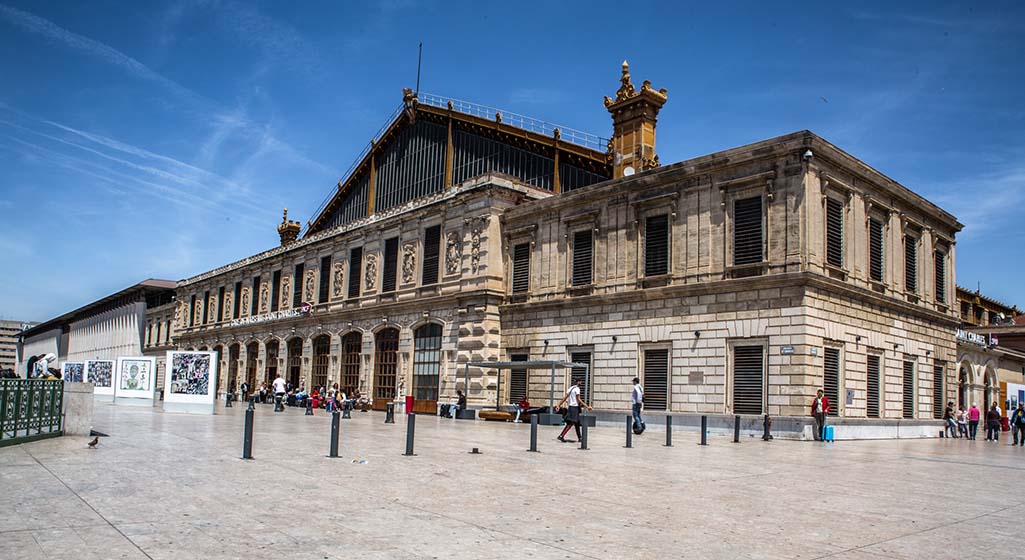
1. Airport Facilities and Arrival Process
Marseille Provence Airport may not be massive, but it’s impressively efficient and easy to navigate. Upon landing, the deplaning, immigration (if applicable), baggage claim, and exit process typically takes less than 30 minutes — ideal for travelers eager to start their exploration. The terminal is equipped with all the essential amenities: currency exchange desks, cafés and snack bars, car rental counters for major providers like Hertz, Avis, and Europcar, and even a tourist information booth where you can pick up maps, brochures, and get advice on public transportation and city highlights.
If your flight is within the Schengen Area—as is the case when traveling from Paris or Barcelona—you won’t need to go through passport control. A valid national identity card or EU passport is sufficient, speeding up the process significantly. This streamlined arrival makes Marseille one of the more pleasant entry points in France.
2. Getting to the City
There are three main ways to reach downtown Marseille from the airport:
- Airport Shuttle Bus (Navette Aéroport): The most convenient option, with departures every 15 minutes. It takes about 25 minutes to reach Marseille’s main train station, Gare Saint-Charles.
- Taxi or Ride-hailing Services: A good choice for groups or late-night arrivals, costing around €50.
- Car Rental: Ideal for those planning to explore Provence — rental desks for Hertz, Avis, Europcar, and more are located at the airport.
I usually take the airport shuttle — it’s fast, affordable, and drops me right in the city center, making it easy to start sightseeing or catch another train.
5. Beyond the Flight: Planning the Rest of Your Marseille Trip
No matter which city you’re flying in from, organizing the next steps of your Marseille visit can greatly enhance your experience:
- If you’re heading to Cassis, Aix-en-Provence, or other charming towns, you can easily transfer to a regional TER train at Saint-Charles Station.
- To truly enjoy Marseille, plan to stay at least 2–3 days.
- Accommodations near the Vieux-Port (Old Port) area are ideal — offering easy access to restaurants, public transit, and waterfront views.
One of my favorite moments is arriving just before sunset, walking down to the Old Port, and watching the fishing boats return while the sky turns red and golden. That peaceful view alone is worth the trip.
Flying to Marseille from Paris or Barcelona is far easier than many travelers expect. With multiple flights, affordable fares, and efficient airport connections, it’s a smart, time-saving way to start your southern France adventure. A short and comfortable flight can be the perfect prologue to exploring this sunlit Mediterranean port city.
Next time you find yourself beneath the Eiffel Tower or wandering the Gothic Quarter of Barcelona, consider booking a flight to Marseille. Like I did, you may find that the sea breeze, southern light, and Provençal charm are exactly what you were looking for.
